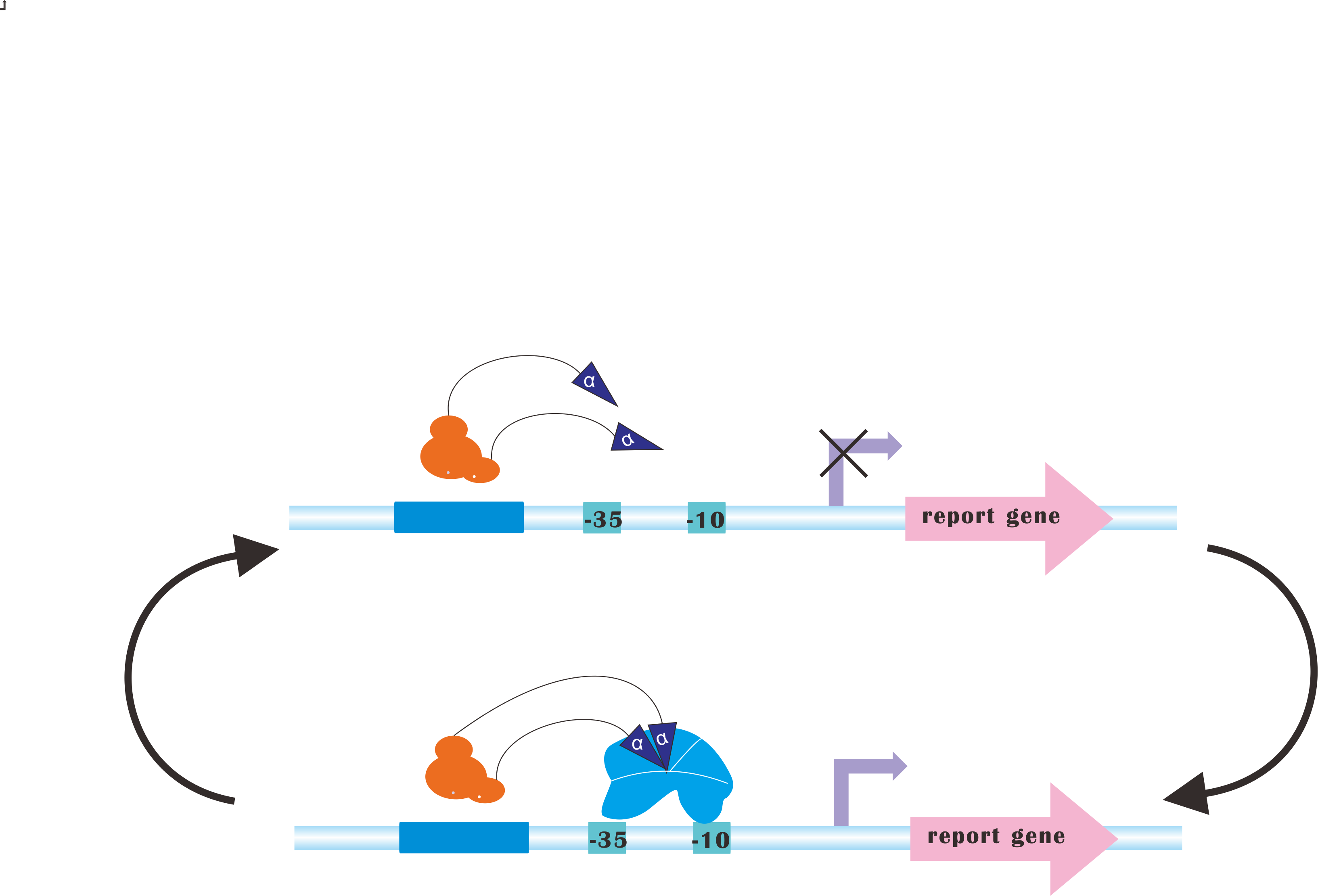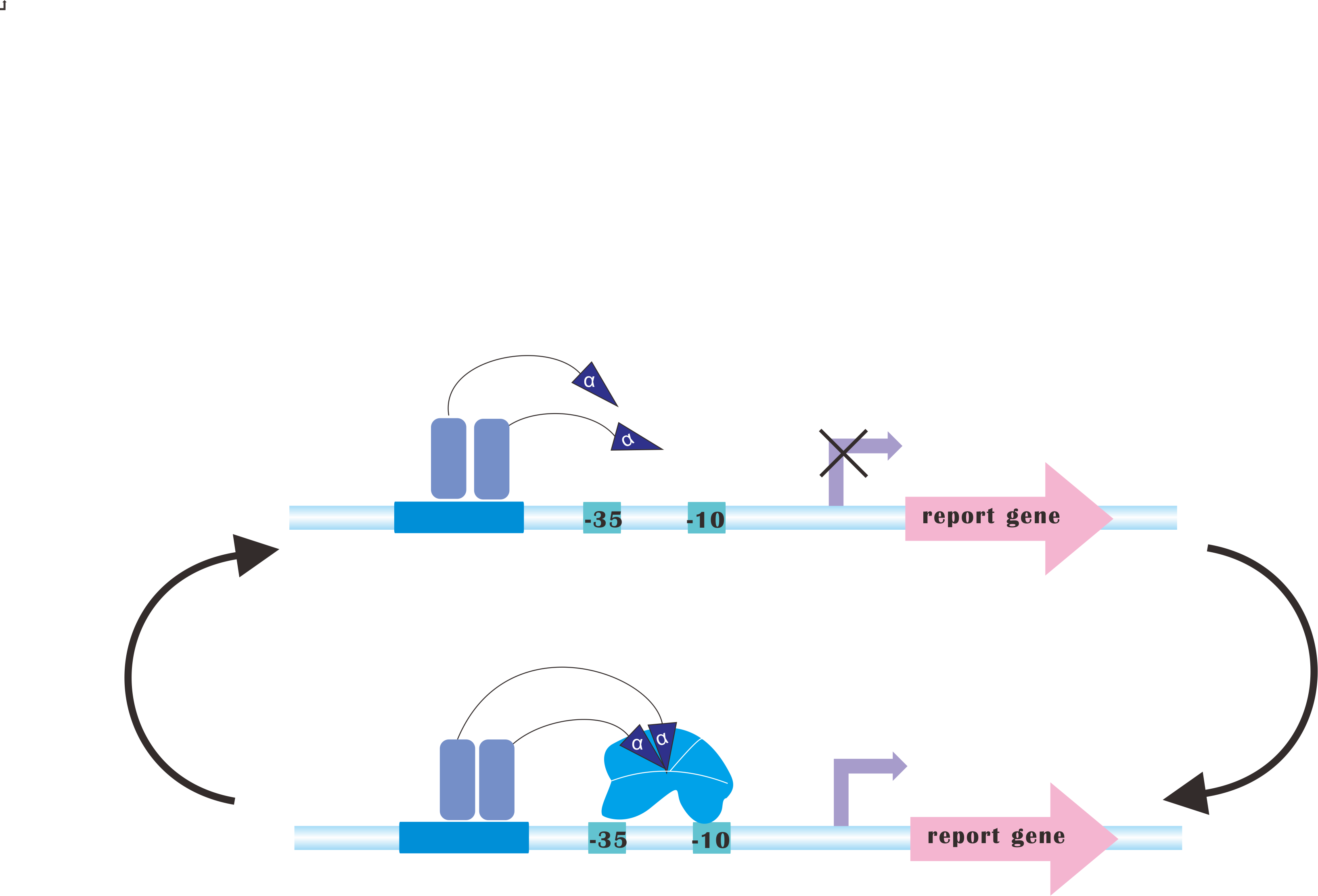Team:SJTU-BioX-Shanghai/Prospect
From 2013.igem.org
(→CRISPRi-on) |
(→Smaller Light Sensor) |
||
| Line 41: | Line 41: | ||
=Smaller Light Sensor= | =Smaller Light Sensor= | ||
| + | The RGB light sensors we currently utilize are all large systems, with proteins consisting of some five-hundred amino acids. Therefore, it would help simplify our system a lot if there are small sensors. | ||
| + | The smallest light sensors are no doubt those light-induced dimerizing transcription factors (Camsund et al., 2011), containing no more than one-hundred amino acids. Furthermore, these direct sensors has claimed to be extremely sensitive. | ||
| + | |||
| + | Unfortunately, all reported small sensors in E. coli senses blue light. So we would attempt on creating tiny sensors for red and green light. | ||
| + | [[File:2blue.png|thumb]] | ||
| + | |||
=Absolutely Automatic= | =Absolutely Automatic= | ||
Revision as of 03:41, 28 September 2013
|
| ||
|
 "
"

